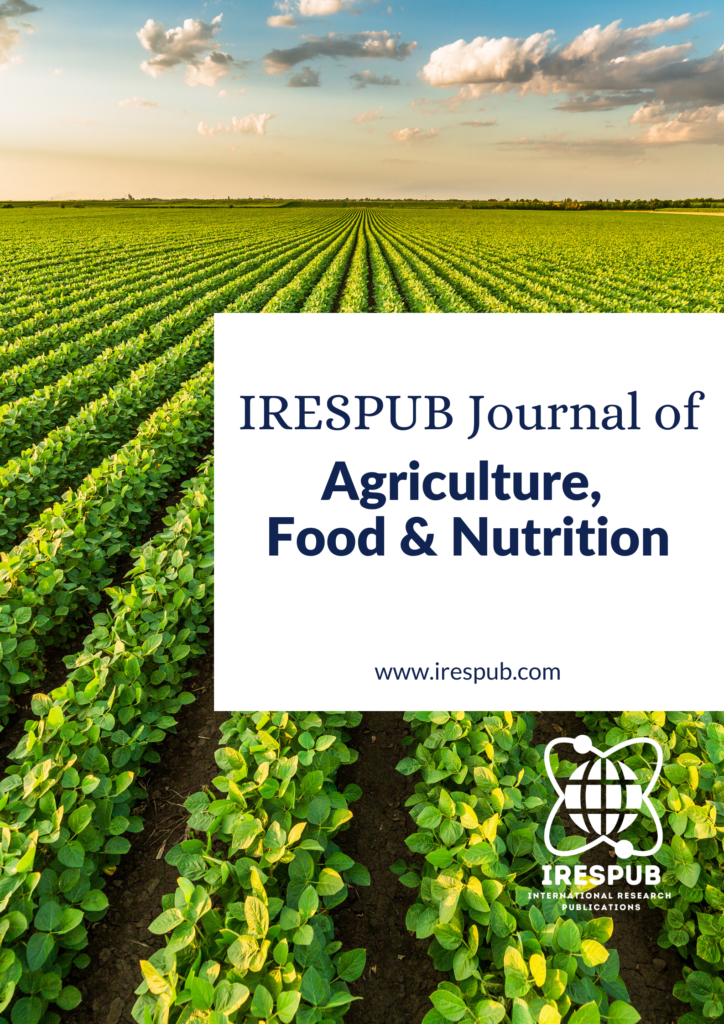
Year Launched: 2021
Journal Menu
- Scope & Research Areas
- Instructions for Authors
- Article Processing Charge
Journal List
- Natural & Applied Sciences
- Life Sciences
- Business Management
- Education & Literature
- Humanities & Cultural Studies
- Medical & Dental Sciences
- Engineering & Computer Sciences
- Agriculture, Food & Nutrition
- Environmental & Material Sciences
- Wellness & Lifestyle Management
- Arts & Ideas
- Law, Policy & Religion
Characterization and production of indigenous rice (Oryza sativa L.) in the Philippines
Volume 1, Issue 2, Nov-Dec 2021 | Page 46-51 | PDF (246K) | Pub. Date: November 19, 2021
Author(s)
Jonnie F. Huervana1*, Liwaysay P. Huervana2 ; 1Associate Professor V, West Visayas State University, Iloilo City, Philippines, 2Instructor I, Capiz State University, Capiz, Philippines
Abstract
The twelve indigenous rice varieties were studied to describe their physical and quantitative characteristics; growth, and yield performance. These indigenous rice varieties commonly known as; the Awot, Balayan, Kabundulan, Kapawod, Katibus, Kutsiyam, Magsanaya, Malido, Manumbalay, Palawan, Sulig, and Tapul. The data collected includes the color of rice hulls and grains, length of grains, number of tillers/hill, number of grains/panicle, the weight of 1000-grains, plant height at harvest, harvested rice yield, and milling recovery. The result revealed that the colors of the hulls and grains vary from light brown, yellow and yellow-orange, and blue & red-violet pigments. The longest length of rice grains was Sulig (9.5 mm). The gathered data were significant in terms of the number of tillers/hills, the number of grains/panicle, the weight of 1000-grains, plant height at harvest, harvested rice yield, and milling recovery. The Tukeys’ Honest Significant Difference (HSD) test revealed that the highest number of tillers/hill was Palawan (21 pcs), the highest number of grains/panicle was Awot (180 pcs), the heaviest 1000-grain weights were Kabundulan & Tapul (32.5 g & 32.25 g), the tallest was Palawan (144 cm), the highest harvested yield was Kutsiyam (3,486.82 kg/hectare) and the highest milling recovery were Malido and Kapawod (62.40% and 62.80%). The result implied that each of the twelve Philippine indigenous rice varieties has its own distinct physical and quantitative characteristics and yield performance although they were grown in the same area at central towns of Panay Island, Philippines.
Keywords
Philippines indigenous rice; characterization; production; staple food; organic rice
Cite this paper
Huervana, J. F., Huervana, L. P. (2021), Characterization and production of indigenous rice (Oryza sativa L.) in the Philippines, IRESPUB Journal of Agriculture, Food & Nutrition. Volume 1, Issue 2, Nov-Dec 2021, Page 46-51
References
[1] Macintosh, D (2004). Rice harvest is more affected than the first thought by global warming. Media Resources, IRRI Online. Retrieved from http://www.irri.org.
[2] Fisher, KS (1996). Research approaches for variable rainfed system-thinking globally, acting locally. In-Plant Adaptation and Crop Improvement. Copper M & Hammer GL (ed). CAB International, Wallingford, UK, pp 25
[3] Anies, AJP (2014). Traditional Upland Rice Varieties Mindanao (Philippines). Retrieved from HTTP:// agris,fao,org/agris-search
[4] Philfoodie (2011). Philippine Rice Varieties – Philippine Food blog spot.com/2011/05/Philippine rice varieties. Retrieved: 3/23/17
[5] De Leon, JC (2014). n, (2014). Rice that Filipinos Grow and Eat. Retrieved from http://dirp3.pids.gov.ph.
[6] Philrice (2015), Magazine, Volume 28, No. 3. www.Philrice.gov.ph. Retrieved: 3/24/17
[7] Quin, R. and Aganon C. (2014). Organic rice production. Organic Agriculture in the Philippines: A Training Manual. PCAARRD Training Module No. 4/2014
[8] Gomez, A.A. (1984) Statistical Procedures for Agricultural Research, 2nd edition, John Wiley & Sons Inc., New York.
[9] IRRI, (2014), Statistical Tool for Agricultural Research (STAR) Software, Version 2.0.1, Biometrics and Breeding Informatics (bbi.irri.org) IRRI, Philippines

